Template of cover letter for job
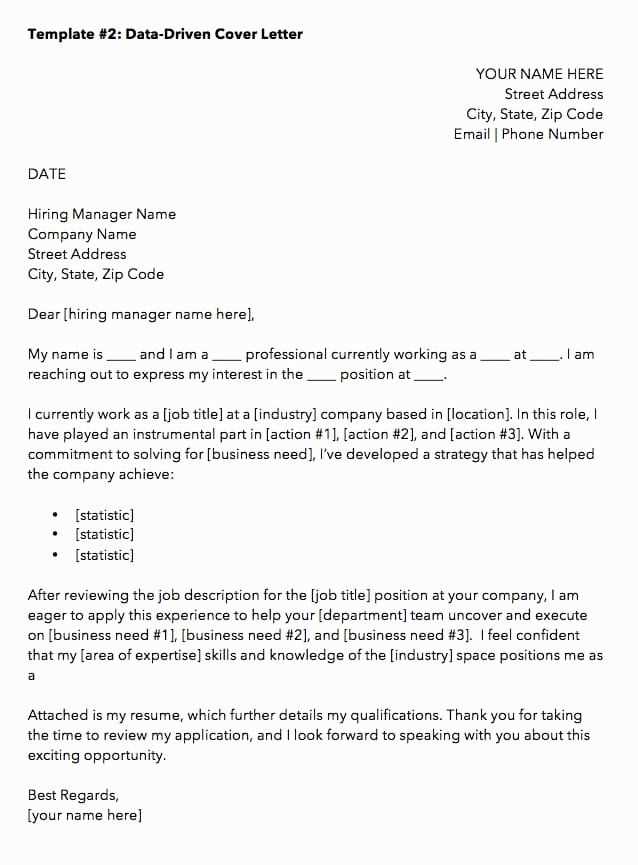
Crafting a compelling cover letter is key to grabbing an employer’s attention. Make sure to tailor your message specifically to the job and company you’re applying to. A strong opening sentence immediately communicates why you’re excited about the position and why you’re a good fit. Avoid generic phrases and get straight to the point.
Start by introducing yourself and stating the job you’re applying for. Mention how you found the position and why it stands out to you. Be specific about what excites you about the role and the company. This is the first chance to show your enthusiasm and show you’ve done your homework.
Highlight your relevant skills and experiences next. Focus on how your background aligns with the job requirements. Don’t just list qualifications–show how they’ll help you succeed in this role. Use clear, direct language and give concrete examples of how you’ve added value in previous positions.
End your letter with a strong closing statement. Reaffirm your interest in the role, and thank the reader for their time. Be confident in expressing your eagerness for an interview, and make it easy for them to contact you. Keeping the tone friendly but professional leaves a lasting impression.
Template of Cover Letter for Job
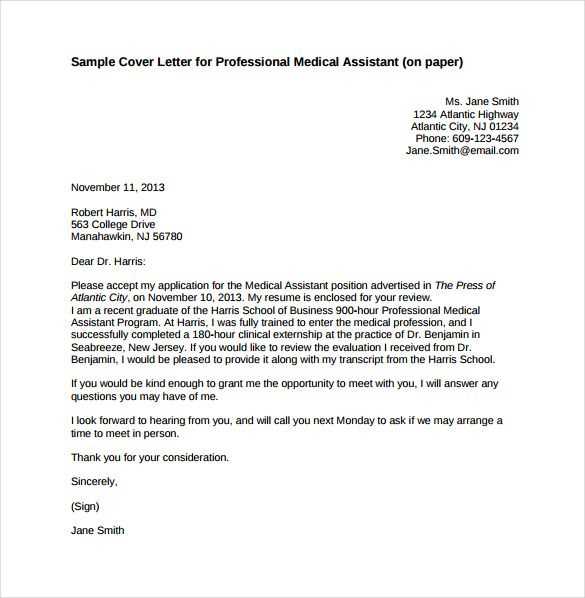
Begin your cover letter by addressing the hiring manager directly. Use their name if available; if not, “Dear Hiring Manager” works well.
Opening Paragraph
In your first paragraph, express your interest in the job and mention how you found out about the position. Clearly state the role you are applying for and highlight one or two key reasons why you’re a great fit for the job.
Body Paragraphs
The second and third paragraphs are your opportunity to show how your skills and experience match the job requirements. Focus on specific examples of past achievements that relate to the role. Show how your background aligns with the company’s needs and mission. Keep the tone professional but approachable.
Wrap up the letter by reiterating your enthusiasm for the position and the company. Mention your availability for an interview and express your hope to discuss how you can contribute to the team. Close with a polite sign-off such as “Sincerely” or “Best regards,” followed by your name.
How to Start Your Cover Letter: Crafting the Perfect Opening Line
Kick off your cover letter with a sentence that grabs attention immediately. Open by directly referencing the job you’re applying for and how your skills align with the role. Avoid generic greetings like “To whom it may concern” or “Dear hiring manager.” Instead, get specific. For instance, if you’re applying for a marketing position, start with something like, “With a proven track record of increasing brand engagement through targeted campaigns, I am excited to apply for the Marketing Manager position at [Company].” This immediately signals your qualifications and enthusiasm for the role.
Your first line should be confident but not boastful. Avoid vague statements and focus on what makes you an ideal candidate for the position. Instead of starting with “I am writing to apply for,” get straight to the point by showcasing a key achievement or skill. This sets the tone for a strong, results-driven cover letter.
Be mindful of the company’s culture when crafting your opening. A tone that suits a formal industry, like finance, should differ from one that’s more casual, like a tech startup. Research the company’s values and adapt your language accordingly. Personalizing your opening with details about the company or industry shows you’ve done your homework and are genuinely interested in the role.
Lastly, ensure the opening is brief but impactful. You don’t need to tell your entire story in the first line, but make it compelling enough to lead the reader to the next paragraph.
Choosing the Right Tone: Professional or Casual?
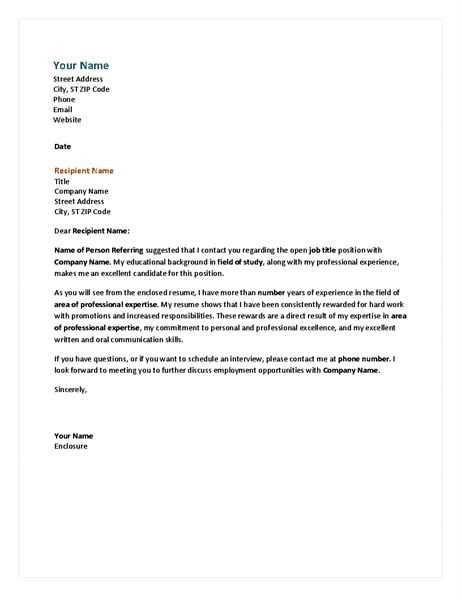
When writing a cover letter, the tone plays a significant role in how your application is perceived. Whether to go professional or casual depends on the company culture and the job you’re applying for. Here’s how to make that choice effectively.
Assess the Company’s Culture
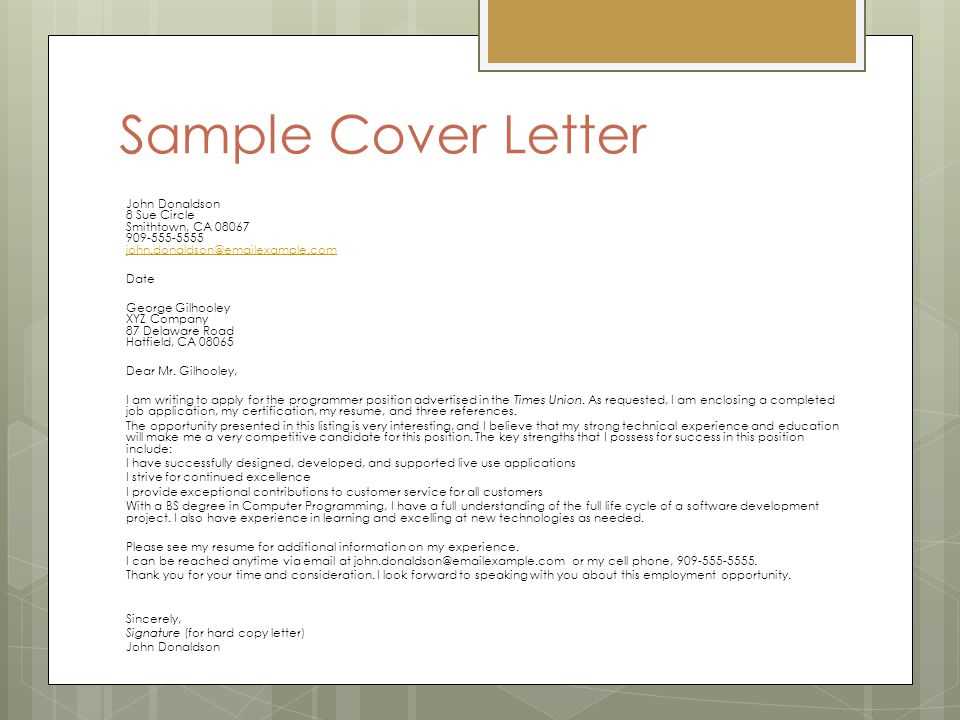
Start by researching the company’s environment. Look at their website, social media pages, or recent job postings. If they use a formal tone in their communication, match that in your letter. For example, if they have a structured hierarchy and use formal language, stick to a professional tone. If the company embraces a more relaxed approach, such as using informal language or humor in their content, a casual tone might be more suitable.
Consider the Role You’re Applying For
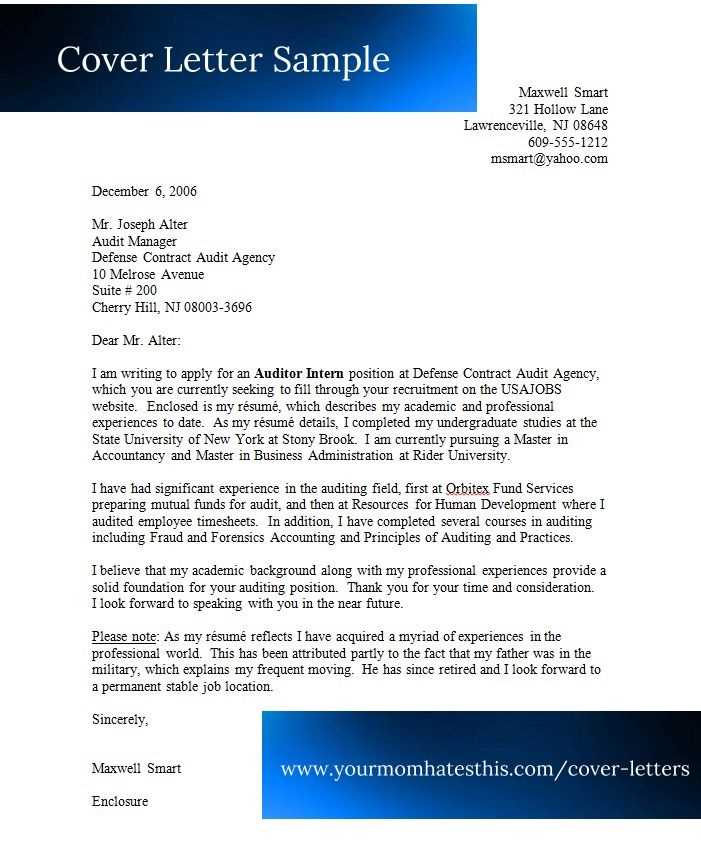
The tone should align with the position’s level of responsibility. For corporate or senior-level roles, always go for a professional tone. For creative or entry-level positions, a slightly more relaxed tone can be appropriate, but don’t go too far. Even in casual environments, professionalism should shine through, especially when expressing your skills and experience.
- Professional tone: Use clear and formal language. Address the hiring manager with their title (e.g., “Dear Mr. Smith”), avoid contractions, and stick to a structured format.
- Casual tone: You can use first names, contractions, and more conversational phrases. Keep the content still respectful and focused on your qualifications.
The tone of your cover letter should be a reflection of the job you’re pursuing. Whether formal or relaxed, it should always feel appropriate and show you understand the company’s values and expectations.
Highlighting Your Key Skills and Achievements in the Body
Focus on concrete examples that demonstrate your value. Be specific about the skills you’ve mastered and how they align with the job you’re applying for. Don’t just list abilities–show how you’ve applied them successfully in your past roles. For example, instead of saying “I am a team player,” explain how you led a team to achieve a specific project goal under tight deadlines. This makes your experience tangible and relatable.
Quantify your results whenever possible. Numbers provide measurable evidence of your contributions. For example, “increased sales by 20% in six months” or “managed a budget of $500,000” gives recruiters something they can easily evaluate. This level of detail offers a clearer picture of what you can bring to the role.
Use action verbs to describe your achievements. Words like “led,” “streamlined,” “designed,” and “implemented” convey your active involvement and initiative. These verbs communicate a sense of ownership and impact, which is key in making your case compelling.
Link your skills and accomplishments to the specific requirements of the job. Tailor your examples to show how your experience can solve the company’s challenges. Highlight experiences that match the responsibilities mentioned in the job posting. This targeted approach shows you’re the right fit and that you’ve done your homework.
Customizing the Template for Different Job Positions
Tailor your cover letter for each job by focusing on the specific skills and experiences that match the role. Instead of using a one-size-fits-all approach, make adjustments based on the job description to highlight relevant strengths.
Match the Job Title and Responsibilities
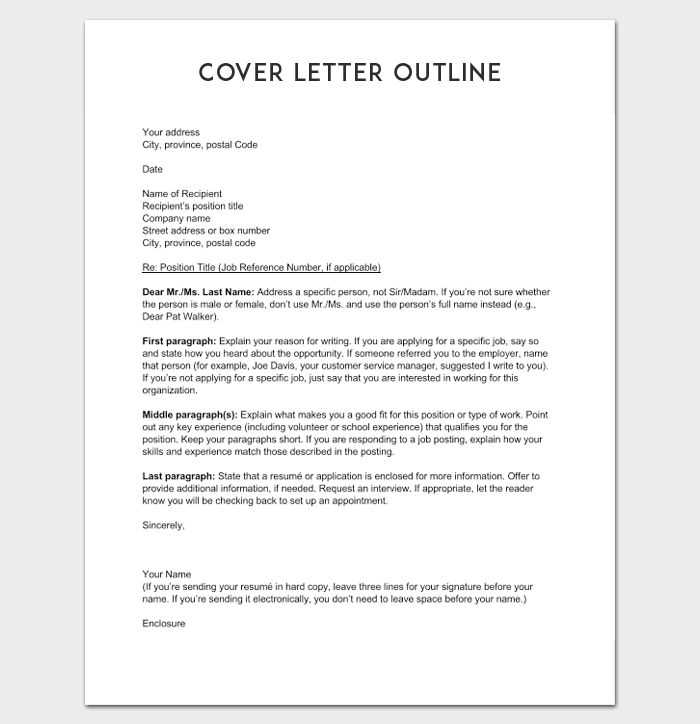
Directly reference the job title and key responsibilities in your letter. This shows the employer that you understand the role and are genuinely interested. Adjust your introduction to reflect why you’re an excellent fit for this particular position. For example, instead of a generic opening, say, “I am excited to apply for the Marketing Manager position, where I can leverage my experience in digital strategy to drive results.”
Highlight Relevant Skills
Focus on skills that align with the job. For instance, if you’re applying for a software developer position, emphasize coding languages and technical expertise. For a customer service role, discuss communication skills and problem-solving abilities. Adjust your accomplishments to show how your skills will directly contribute to the company’s success in this specific role.
Common Mistakes to Avoid When Using a Cover Letter Template
Don’t just copy-paste the template without personalizing it. Hiring managers can spot a generic letter from a mile away. Tailor each section to reflect your unique skills and how they align with the job description.
Another mistake is overlooking the importance of the company’s tone and culture. If a company values creativity, reflect that in your letter. If the environment is more formal, adjust your language accordingly.
Filling the letter with irrelevant information can weaken your case. Avoid listing job duties or qualifications that don’t directly apply to the role. Focus on what sets you apart and what you can bring to the team.
Don’t forget to proofread before submitting. Grammatical errors or typos can give the impression of carelessness, even if your resume is perfect. Use a spell checker and read your letter out loud to catch any mistakes.
Also, ensure that you address the letter to the right person. Using a generic “To whom it may concern” is impersonal and shows a lack of effort. Find the hiring manager’s name, and if that’s not possible, try to make an educated guess based on the company’s structure.
Finally, don’t overdo the formatting. While it’s tempting to use fancy fonts or designs, keeping it simple is more effective. A clean, professional look will make your letter easier to read and more likely to leave a good impression.
| Mistake | How to Avoid It |
|---|---|
| Copy-pasting without personalization | Customize each template to match the job and company. |
| Ignoring company tone | Match your language to the company’s culture and style. |
| Including irrelevant details | Focus on skills and experiences that directly relate to the job. |
| Not proofreading | Check for grammar and spelling errors before submission. |
| Using a generic salutation | Address the letter to the specific hiring manager or department. |
| Overcomplicating the design | Keep the format simple and professional. |